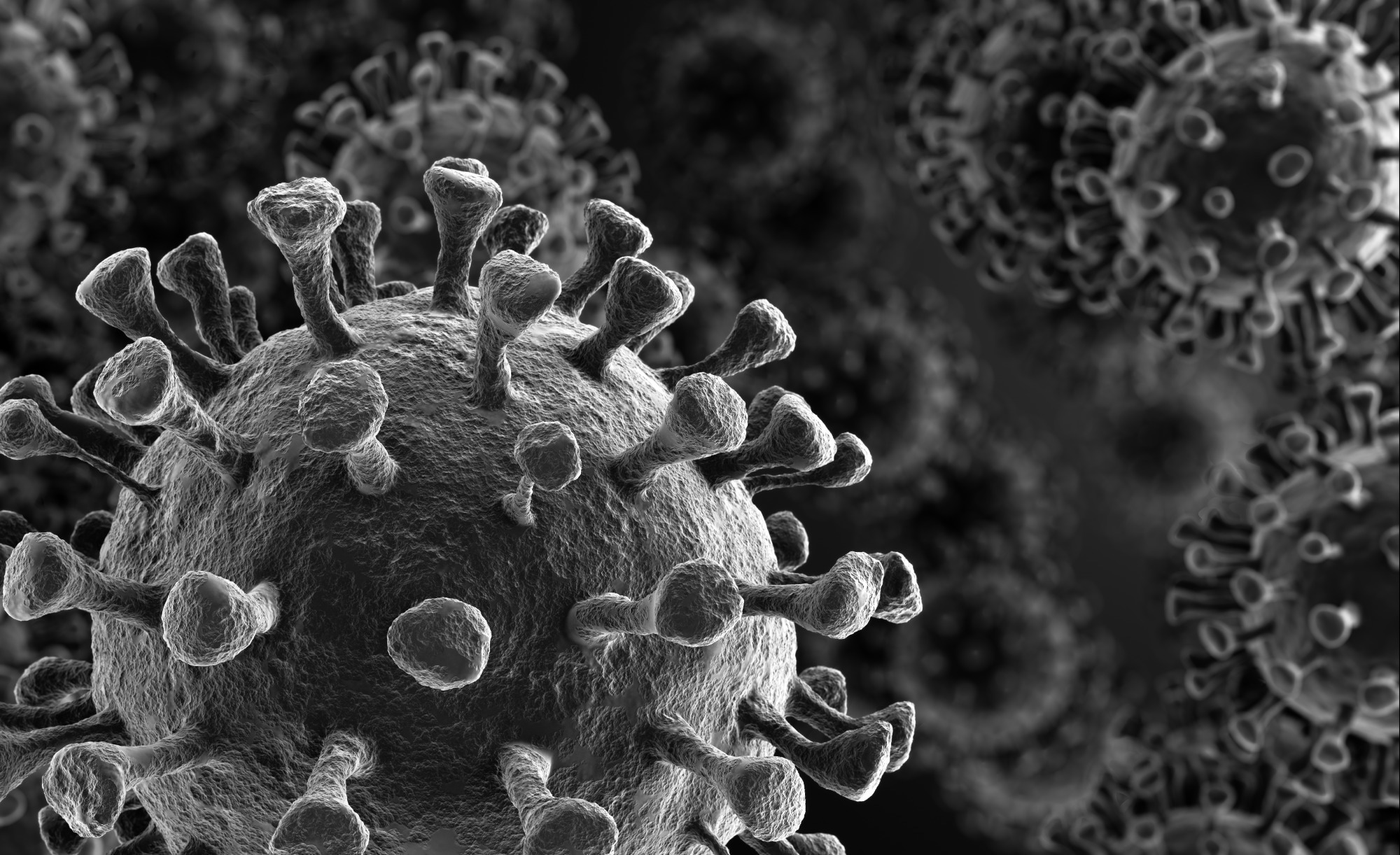In a recent study published in the International Journal of Infectious Diseases, researchers conducted paleoserological tests on dental pulp samples of skeletons excavated from the Abbey Saint-Pierre in the village of Baume-Les-Messieurs in France. They uncovered amino acid evidence of an ancient betacoronavirus from the 16th century.
 Study: An ancient coronavirus from individuals in France, circa 16th century. Image Credit: creativeneko / Shutterstock
Study: An ancient coronavirus from individuals in France, circa 16th century. Image Credit: creativeneko / Shutterstock
Background
The severe acute respiratory syndrome coronavirus 2 (SARS-CoV-2) that caused the coronavirus disease 2019 (COVID-19) pandemic is the latest in the line of several coronaviruses that triggered epidemics at various points in time and caused mortality, albeit not at the mortality scale associated with COVID-19. Severe acute respiratory syndrome coronavirus (SARS-CoV) and Middle East respiratory syndrome coronavirus (MERS-CoV) occurred in 2002–2003 and 2012–2020, respectively, claiming over 700 and 800 lives.
Coronaviruses have been detected in upper respiratory tract cell culture samples from the 1960s, and several studies have uncovered human-associated alpha and beta-coronaviruses and animal-associated coronaviruses that share a similar ribonucleic acid (RNA) genome containing genes to encode nucleocapsid and spike proteins. Anti-coronavirus antibodies have also been detected in five soldiers who died in France during the first world war in 1914. The skeletons excavated from the Abbey Saint-Pierre provided another opportunity to understand the antiquity of the human coronaviruses (HCoV).
About the study
In the present study, the researchers used dental pulp from the teeth and mandibles of 10 out of 12 skeletons found at the excavation site in Baume-Les-Messieurs. The skeletons were identified to be of men between the ages of 30 and 60. The collection, storage, and handling of the dental pulp samples were carried out in a facility that had not previously worked with SARS-CoV samples, ensuring that the findings were not a result of cross-contamination.
Radiocarbon dating was also conducted on the tooth samples from the skeletons of two individuals. The researchers ensured that the most stringent measures were followed while handling and processing the samples to ensure that the ancient samples were not contaminated with material from modern samples. Protein extraction was performed for pooled dental pulp samples from each individual to obtain a paleoserum solution, which was then used for a blot assay to detect antibodies specific to different pathogens.
Cell lines such as Vero E6, HCT-8, and MRCC-5 were inoculated with betacoronaviruses SARS-CoV-2 and HCoV-OC43 and alphacoronavirus (HCoV-229E) to produce the specific antigens, which were further verified through reverse-transcription polymerase-chain-reaction (RT-PCR) and Western immunoblotting. These antigens, along with skim milk as a negative control and antigen from Staphylococcus aureus as a positive control, were used for the blot assays. The samples that were seropositive for antibodies against coronaviruses were processed further to detect ancient peptides using mass spectrometry and a metaproteomic approach.
Results
The results from the paleoserology and paleoproteomic analyses revealed that the dental pulp samples collected from two of the skeletons uncovered at the Abbey Saint-Pierre contained three peptide sequences comprising a total of 36 amino acids that indicated the presence of coronavirus. Furthermore, the paleoserological tests also reported an immunological response in these samples against the antigens from the present-day SARS-CoV-2 and alphacoronavirus HCoV-229E.
These individuals were from circa the 16th century, and paleoanthropological analysis suggested that they died after age 30. The samples obtained from the skeletons of the other eight individuals did not test positive for coronavirus antibodies. However, the lack of pathological data made it difficult to ascertain whether the coronavirus had caused severe illness or mortality in these two individuals.
The use of dental pulp, known to contain conserved blood elements such as immunoglobulins and harbor pathogen peptides, allowed the detection of an ancient coronavirus that does not have any known modern representatives and is very different from SARS-CoV-2 or any of the other modern human coronaviruses. Furthermore, the analysis of other faunal evidence from the excavation site indicated that these individuals interacted closely with animals such as swine, cattle, deer, poultry, and dogs, which have been thought to harbor coronaviruses that can infect humans.
Conclusions
Overall, the proteomic and serological findings in this study suggested that the antiquity of human coronaviruses extended another three centuries, with paleoproteomic and archeozoological evidence suggesting an ancient zoonotic coronavirus that infected two individuals who were in close contact with domesticated and wild mammals and poultry.
Journal reference:
- Hama, H. O., Chenal, T., Pible, O., Miotello, G., Armengaud, J., & Drancourt, M. (2023). An ancient coronavirus from individuals in France, circa 16th century. International Journal of Infectious Diseases. https://doi.org/10.1016/j.ijid.2023.03.019, https://www.sciencedirect.com/science/article/pii/S1201971223000930